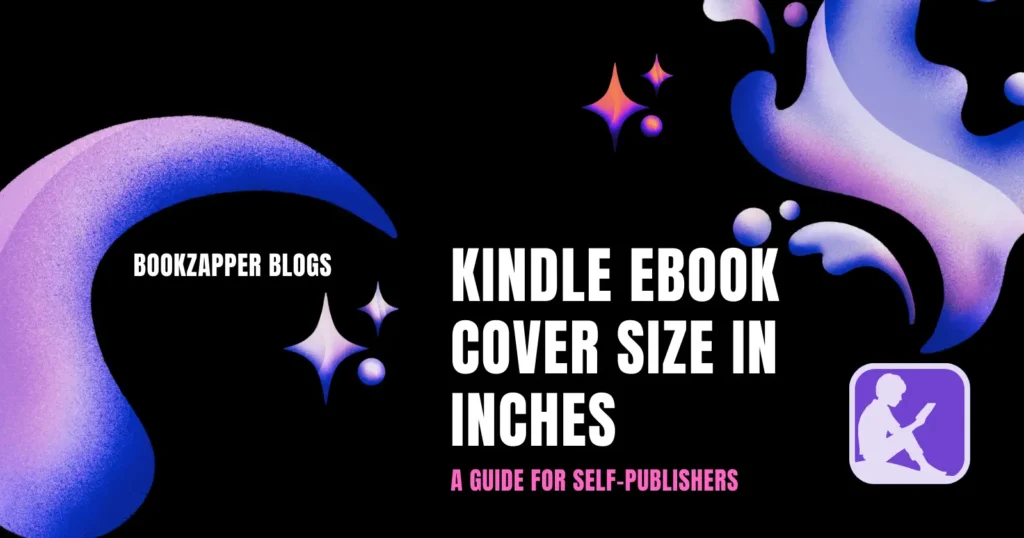
Are eBooks Cheaper Than Print Books? A Comprehensive Guide
E-books are popular and convenient, but are they cheaper than print books? This is a common question that many readers and publishers have. In this article, we will compare the costs and value of e-books and print books from different perspectives.
Key Takeaways:
- Are e-books worth it?
- How do I get free e-books?
- What are the disadvantages of e-books?
- How do e-books make money?
How are e-books and print books priced?
The price of a book depends on many factors, such as the author, the publisher, the genre, the quality, the demand, and the format. Generally, ebooks are cheaper than hardcovers, but more expensive than paperbacks.
This is because hardcovers have higher production and distribution costs, while paperbacks have lower profit margins and longer shelf lives. E-books have lower production costs, but higher digital rights management and distribution fees.
Why are e-books sometimes more expensive than paperbacks?
You may wonder why e-books can cost more than paperbacks, even though they have lower production costs. The answer is in the pricing models of e-books and print books. Print books use the wholesale model, where the publisher sells the book to the retailer at a discounted price, and the retailer sets the final price for the consumer.
E-books use the agency model, where the publisher sets the final price for the consumer, and the retailer gets a commission for each sale.
Are ebooks cheaper to produce than print books?
It is widely assumed that e-books are cheaper to produce than print books, since they do not require paper, ink, printing, binding, warehousing, or shipping. However, this is not entirely true. E-books also have production costs, such as editing, formatting, designing, marketing, and digital rights management.
These costs can be similar or even higher than the costs of print books, depending on the quality and complexity of the e-book.
Are e-books worth it?
The cost of a book is not the only factor that determines its value. There are also other factors, such as the quality, the convenience, the preference, and the experience of reading a book. E-books and print books have their own advantages and disadvantages, and each reader may have a different opinion on which one is better or worse.
How do I get free e-books?
One of the benefits of e-books is that they can be obtained for free, legally and ethically, from various sources. There are many websites, apps, and services that offer free e-books, either permanently or temporarily, for different purposes and audiences. Some of the most popular and reputable sources of free e-books are:
- Project Gutenberg: The oldest and largest digital library of free e-books, with over 60,000 titles in the public domain.
- Open Library: A project of the Internet Archive, which aims to create a web page for every book ever published, with over 3 million e-books to borrow, read, or download.
- Bookzapper: An online bookstore where you can buy e-books and audiobooks, offering a diverse collection across various genres, and a selection of free e-books to download and read.
What are the disadvantages of e-books?
E-books, while convenient, have drawbacks, including:
- Health Issues: E-books may cause eye strain, headaches, fatigue, and reduced attention span.
- Emotional Connection: They may lack the emotional and sensory connection, social value, and pleasure of reading print books.
- Security Concerns: E-books pose risks such as hacking, piracy, malware, censorship, technical glitches, power outages, network failures, and policy changes, making them less secure and reliable.
How do e-books make money?
E-books offer authors and publishers a viable income stream when effectively marketed and sold. Revenue generation avenues include:
- Direct Sales: Selling e-books through personal channels like websites, blogs, or social media platforms provides greater control, flexibility, and a larger share of revenue.
- Online Retailers: Platforms like Amazon, Apple, or Google offer wider reach and leverage the retailer’s reputation, but entail commissions and adherence to their regulations.
- Bundling: Offering e-books as part of bundles, courses, or products adds value and appeal, enabling cross-selling or up-selling, though it requires investment in marketing and delivery, and collaboration with other products or services.
Conclusion
E-books and print books have their own advantages and disadvantages, and their costs and value depend on various factors. The best choice for each reader or publisher depends on their needs and goals.




